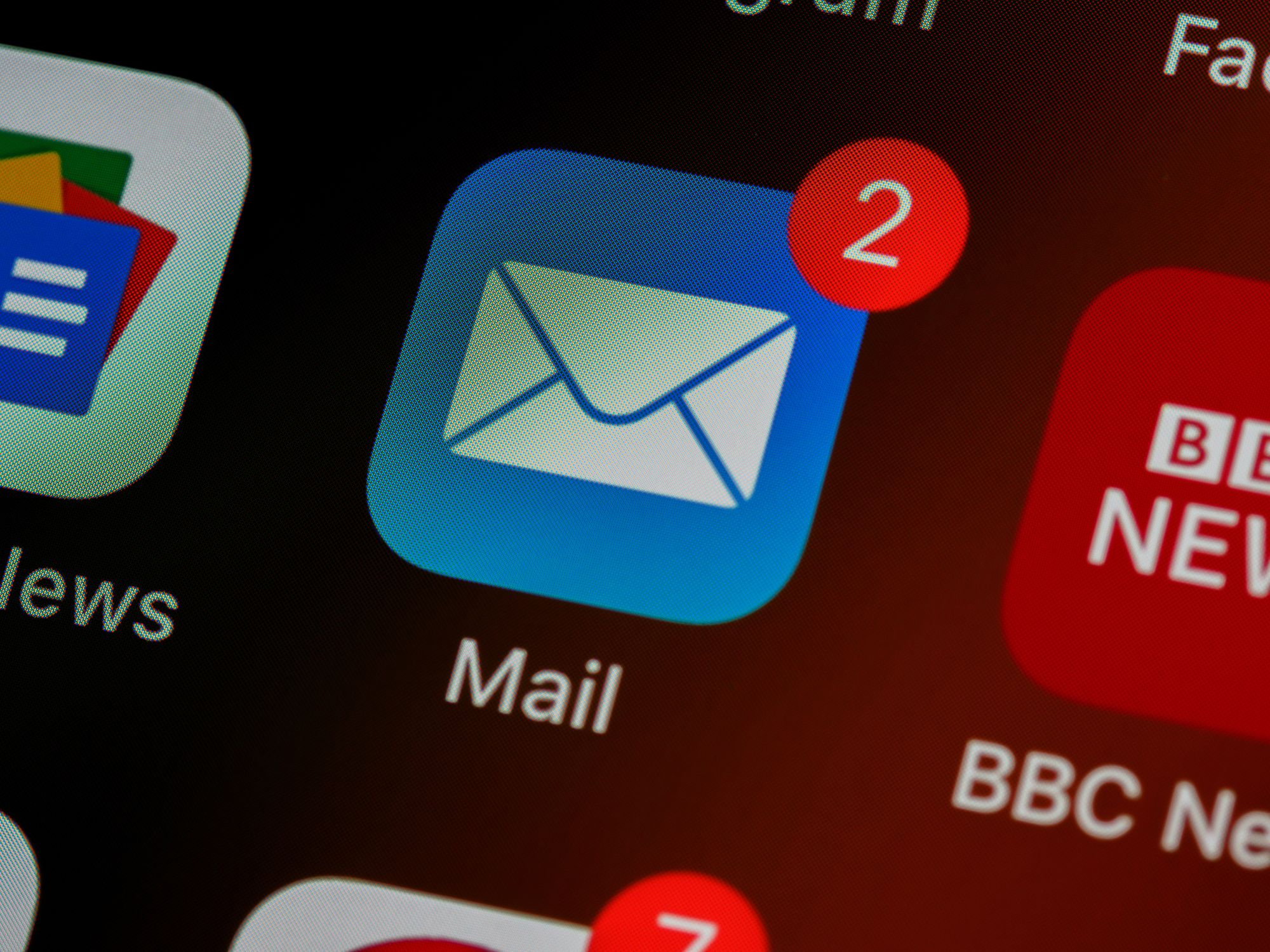Email communication plays a vital role in today's digital world, enabling seamless connections between individuals and businesses. However, encountering "Returning Message to Sender" bounce backs can be frustrating and hinder effective communication. In this comprehensive guide, we will explore the causes behind email delivery failures, address common issues leading to bounce backs, and provide expert tips for resolving these challenges. By understanding the complexities of email delivery and implementing the right solutions, you can overcome bounce back errors and ensure your messages reach their intended destinations.
Understanding "Returning Message to Sender" Bounce Backs

When you receive a bounce back email with the message "Returning Message to Sender," it indicates that your email was not delivered to the intended recipient and has been sent back to the sender's address. Several factors can contribute to this issue, including:
- Invalid or Nonexistent Email Address: One of the primary causes of bounce backs is an invalid or non-existent email address. If the recipient's email address contains a typographical error or has been deactivated, the email cannot be delivered.
- Spam or Blacklisting: If your email is flagged as spam or if your sending IP or domain is blacklisted, it can result in delivery failures. ISPs and email filters are vigilant in identifying and blocking potentially harmful or unwanted messages.
- Email Size Restrictions: Some email systems and servers impose size limits on incoming emails. If your message exceeds the maximum allowed size, it may be rejected and returned to the sender.
- DNS Configuration Issues: Incorrect or incomplete Domain Name System (DNS) configuration can lead to delivery failures. DNS is responsible for translating domain names into IP addresses, and any misconfiguration can result in email delivery issues.
- Server Connection Issues: Temporary connectivity problems between mail servers can also contribute to bounce backs. If the recipient's mail server is experiencing issues or if there are network disruptions, the email may fail to reach its destination.

Troubleshooting "Returning Message to Sender" Bounce Backs

To overcome email delivery failures and resolve "Returning Message to Sender" bounce backs, consider the following solutions:
- Verify Recipient Email Address: Double-check the recipient's email address for any typos or errors. Contact the recipient directly to confirm their correct email address, especially if the bounce back occurs consistently.
- Check for Blacklisting: Use reputable blacklisting check tools to determine if your sending IP or domain is blacklisted. If blacklisted, take steps to resolve the issue, such as contacting the relevant blacklist authority to request delisting.
- Review Spam Filter Settings: Ensure that your email content adheres to best practices to avoid triggering spam filters. Avoid excessive use of spam trigger words, misleading subject lines, and overly promotional content. Consider implementing authentication protocols like SPF, DKIM, and DMARC to enhance email legitimacy.
- Reduce Email Size: If your email contains large attachments or exceeds the recipient's size limitations, consider compressing files or utilizing cloud storage services to share the content. Alternatively, inform the recipient about the file size and provide alternative methods for accessing the information.
- Review DNS Configuration: Ensure that your DNS settings are correctly configured. Check for any missing or incorrect records, including MX, SPF, and DKIM records. Consult your domain registrar or hosting provider for assistance if needed.
Commonly Asked Questions
Q1: Why do I keep receiving "Returning Message to Sender" bounce backs?
A: There are various reasons for bounce backs, including invalid email addresses, spam filtering, email size restrictions, DNS configuration issues, or temporary server connection problems. Identifying the specific cause can help determine the appropriate solution.
Q2: How can I prevent my emails from being marked as spam?
A: To avoid spam filtering, focus on delivering valuable and relevant content. Avoid using spam trigger words, misleading subject lines, or excessive promotional language. Implement authentication protocols (SPF, DKIM, DMARC) and adhere to email industry best practices.
Q3: What should I do if the recipient's email address is invalid?
A: Double-check the email address for errors and contact the recipient to verify the correct address. If the recipient's email address is invalid or deactivated, consider alternative methods of communication or reach out through a different channel.
Q4: Can I fix blacklisting issues myself?
A: While you can take some steps to resolve blacklisting issues, it is advisable to consult with your email service provider or IT department. They can guide you through the delisting process and help identify and address the root cause of the blacklisting.
Q5: What can I do if the bounce backs persist despite troubleshooting efforts?
A: If the issue persists, consider reaching out to your email service provider or IT support for further assistance. They can analyze the specific bounce back messages and provide tailored solutions based on your email setup and configuration.
Conclusion
Encountering "Returning Message to Sender" bounce backs can disrupt effective communication and hinder your email delivery success. By understanding the causes behind these bounce backs and implementing the appropriate solutions, you can overcome email delivery failures and ensure your messages reach the intended recipients. Take proactive steps to verify email addresses, optimize your email content, review DNS configurations, and address any blacklisting issues promptly. With perseverance and the right troubleshooting techniques, you can overcome bounce back errors and achieve successful email delivery.

